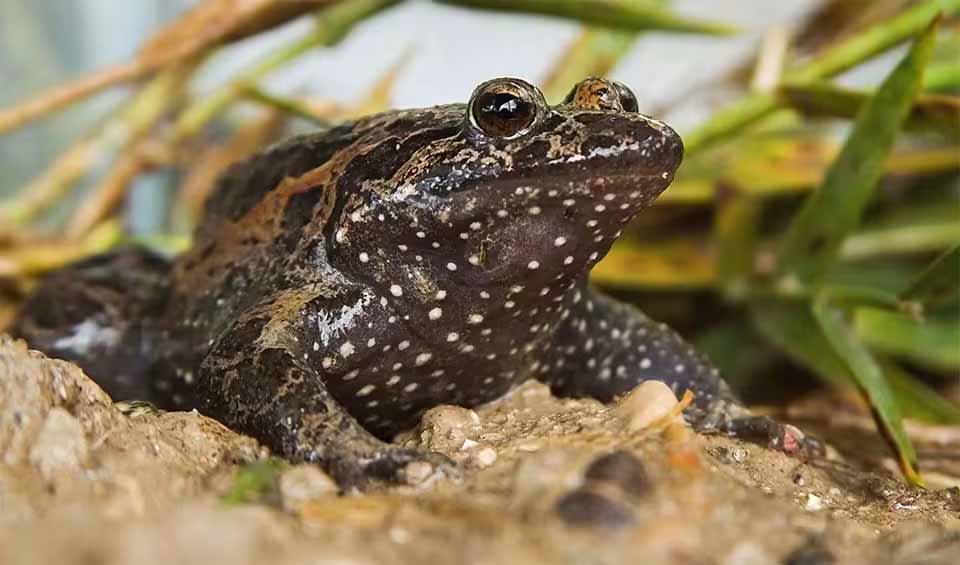A remarkable example of a Lazarus species—a term used to describe animals that seemingly return from extinction. This unique amphibian, native to the wetlands of Lake Hula in Israel, was once believed to have vanished forever when its habitat was drained for agricultural purposes. However, to the surprise and delight of scientists, the Hula painted frog was rediscovered in the early 21st century, earning it its Lazarus species designation.
Despite its miraculous resurgence, the Hula painted frog remains critically endangered, with its population teetering on the brink of extinction. With fewer than 20 specimens ever recorded, the species faces significant conservation challenges. However, recent discoveries have provided a glimmer of hope, as multiple individuals have been located near a single pond, suggesting that there may be viable breeding populations within the wetlands.
Recognizing the importance of preserving this unique amphibian, Israel has taken steps to protect the Hula painted frog as a species of national significance. Conservation efforts focused on restoring and protecting its wetland habitat are crucial for ensuring the survival of this enigmatic species for future generations.
The rediscovery of the Hula painted frog serves as a poignant reminder of the resilience of nature and the importance of conservation efforts in safeguarding endangered species.
Distribution
 Israel
IsraelAnything we've missed?
Help us improve this page by suggesting edits. Glory never dies!
Suggest an editGet to know me
Terrestrial / Aquatic
Altricial / Precocial
Polygamous / Monogamous
Dimorphic (size) / Monomorphic
Active: Diurnal / Nocturnal
Social behavior: Solitary / Pack / Herd
Diet: Carnivore / Herbivore / Omnivore / Piscivorous / Insectivore
Migratory: Yes / No
Domesticated: Yes / No
Dangerous: Yes / No





